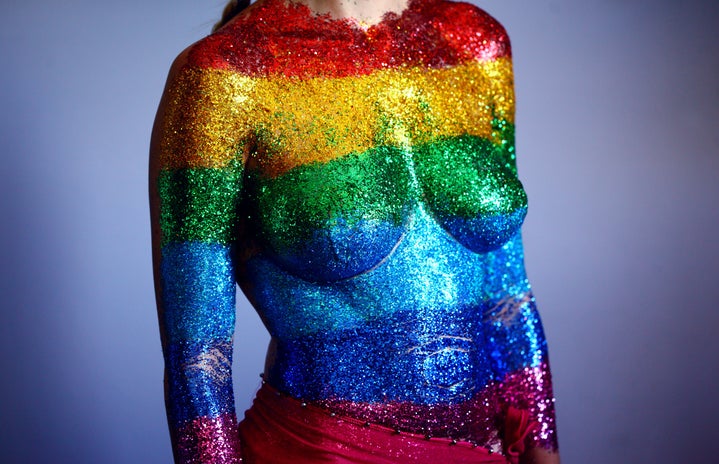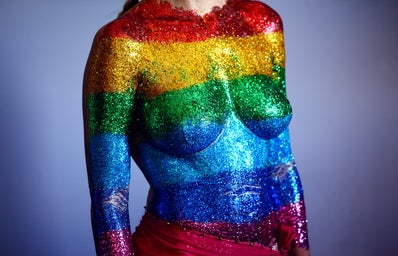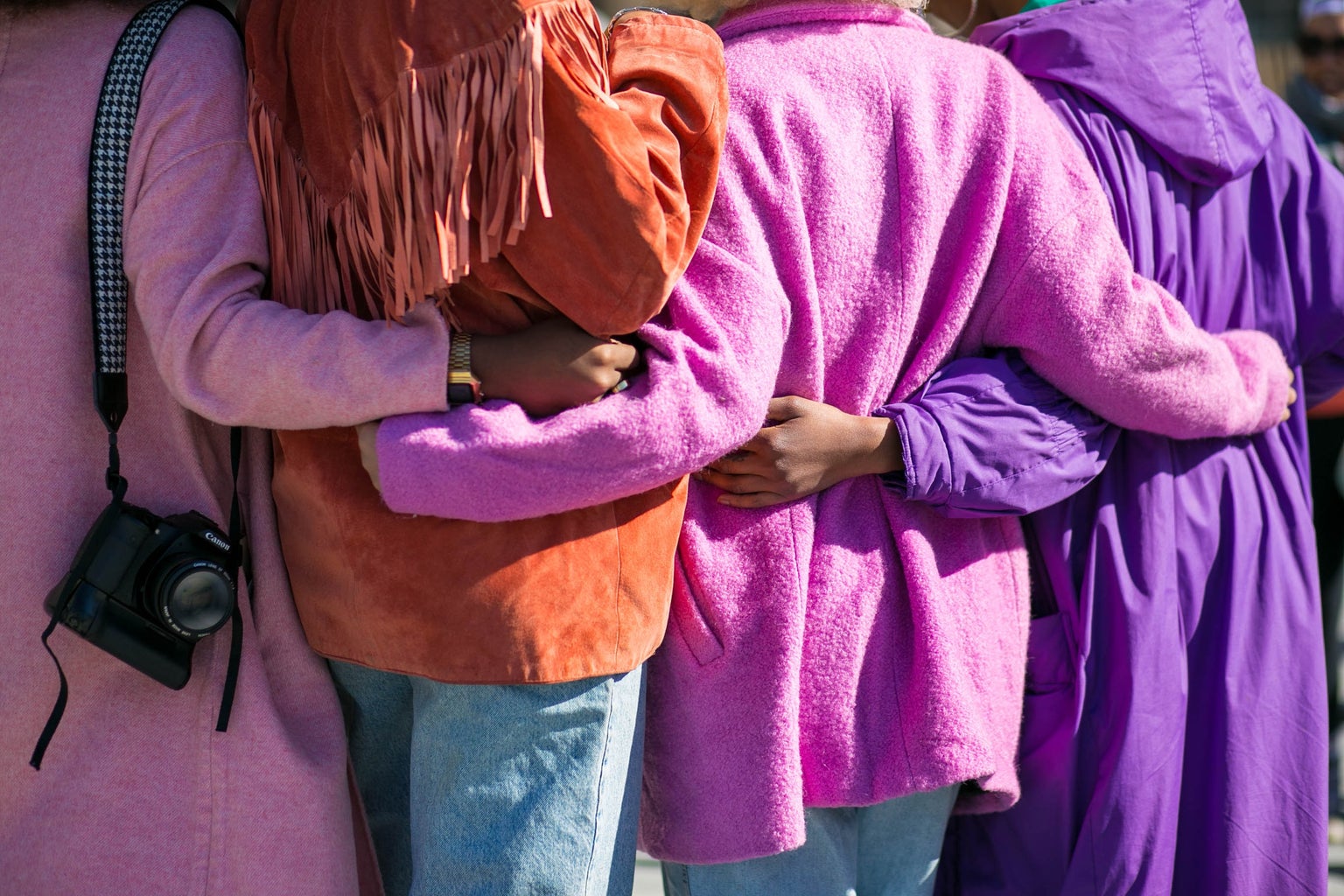Women often discover that they are lesbian much later than men discover they are gay. That was the case for me. Not until I was 19 years old did I accept myself as a lesbian. Being raised AFAB and Mormon, I was conditioned to accept heteronormative, misogynistic views on family, relationships and identity. Anything else was sinful. As such, I was in deep denial, explaining away my romantic and sexual interest in women. I was not alone in this, as our misogynistic society demands women conform to the patriarchy and participate in their oppression. The theory that heterosexuality is required of women is known as compulsory heterosexuality. Compulsory heterosexuality, sometimes abbreviated as “comp het”, only entered feminist discourse within the last 50 years, and recently regained attention on TikTok. Understanding this societal force exposes its harms and pervasiveness, and how to fight against it.
Adrienne Rich coined the term ‘compulsory heterosexuality’ in her essay “Compulsory Heterosexuality and Lesbian Existence” published in the summer of 1980. In the essay, she criticizes the lack of lesbian experience discussed in feminist literature. Women were instead stereotyped as being innately attracted to men. Being lesbian was dismissed as choosing women over men, having not moved passed a mother-daughter relationship, or simply as too small an identity to be relevant. Rich found this erasure to be deliberate, designed to subdue the disruptor of social order: lesbians. Heterosexuality, Rich argues, is a political institution, a tool to keep women catering to male needs. Society has created a “cluster of forces within which women have been convinced that marriage, and sexual orientation toward men, are inevitable, even if unsatisfying or oppressive components of their lives,” whether by physical force or control of consciousness. This is because men see women as sexual commodities. So, a woman market that attractiveness, play the role of a heterosexual woman, perceives herself as sexual prey and endures sexual harassment to leverage what little power we have at home and at work. To escape this perception, women may enter marriage, but they enter that institution disadvantaged in social and economic power, too. Rich believes that the systems stemming from heterosexuality are built-in inequality. Men fear women’s sexual indifference to them and have, therefore, built this dogma for women to acquiesce to. Rich warns that “until we name the practice, give conceptual definition and form to it, illustrate its life over time and in space, those who are its most obvious victims will also not be able to name it or define their experience.”
To combat compulsory heterosexuality, Rich proposes the terms ‘lesbian existence’ and ‘lesbian continuum’. Lesbian existence escapes the sterility of the term ‘lesbianism’, and the lesbian continuum emphasizes the vast community and emotional intimacy experienced by women, straight or not. Eroticism also returns to the feminine perspective, encompassing the whole body rather than one body part. When taking this lens, power returns to women. This rebellion is an attack on the male right to women, resulting in many attacks in history that have destroyed documents relating to lesbian existence. That precious knowledge of queer joy and pain has been withheld because of compulsory heterosexuality. To that end, it is important for lesbians and other queer women to be forward with their experiences. Not just to fill the absence of documentation, but to combat “the lie [that] keeps numberless women psychologically trapped, trying to fit mind, spirit, and sexuality into a prescribed script because they cannot look beyond the parameters of the acceptable.”
Adrienne Rich laid bare the compulsory heterosexuality acting on women and how thinking of the lesbian experience on a continuum undermines it. Compulsory heterosexuality traps women under men’s control. Shaking off these influences by embracing feminine community and intimacy allows women to be in control of themselves. This can lead to the acceptance of sexual orientation, like in my case, and I would even expand this to gender identity. In the current year, we are confronting the assumption of gender essentialism, something Rich did not explore in her essay. As we address these inequalities, not just limited to sexuality and gender, our society becomes a safer place to exist in.



